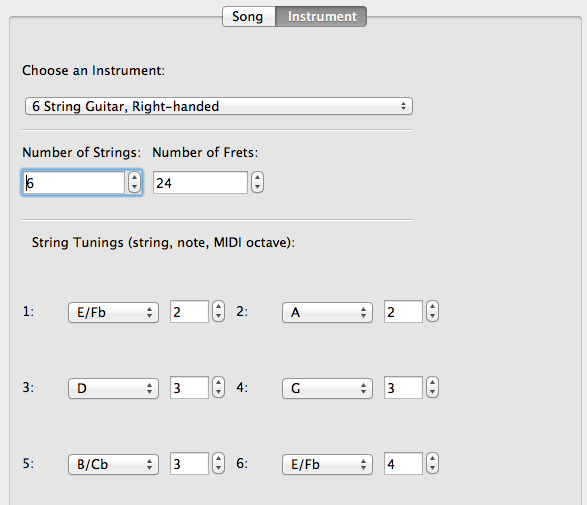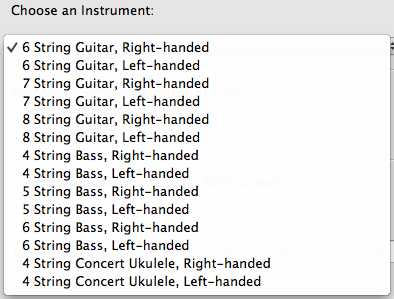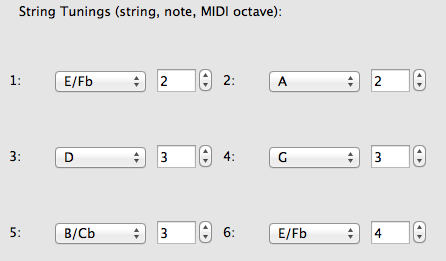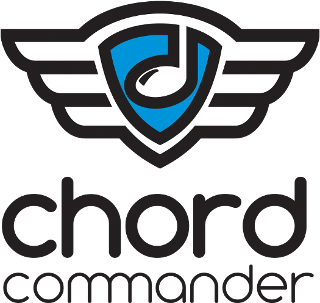
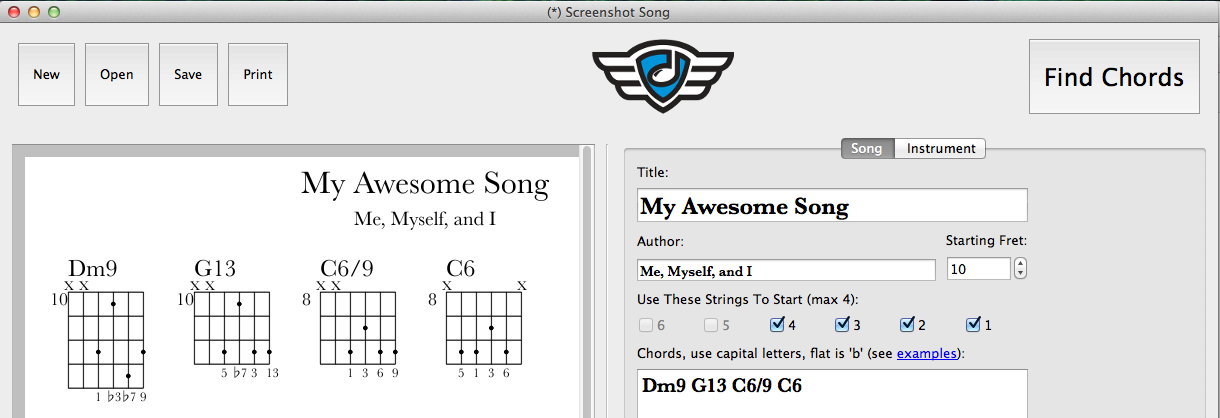
Want to play that progression using different strings, another place on the neck, or in a differnt tuning? Or, play it on a 7-string guitar?
ChordCommander lets you customize the number of strings on your instrument, as well as the tuning of each string.
Left-handed players, rejoice! ChordCommander has handy instrument pre-sets to reverse standard tuning. No more translating right-handed chord charts!
Simply enter the chords you want to play, show where you want to start playing on the guitar, and ChordCommander will generate easy-to-read diagrams for what strings and frets to play.
What's more is, ChordCommander will automatically generate voicings that make musical sense! No more digging through chord charts or jumping around the fretboard.
ChordCommander can understand vitually any jazz chord. From ninths, thirteenths, diminished, altered, etc. No knowledge of music theory necessary, it does all of the hard work for you using cutting-edge algorithms.
Ideal for beginners and experienced players alike, it can make a tough jazz standard playable by anyone, or it can give seasoned veterans new ideas.
Play bass? Ukulele? We got you covered.
There are pre-sets for four, five, and six-string bass, as well as ukulele!

Start ChordCommander. Enter your license key into the dialog box shown here and press Activate.
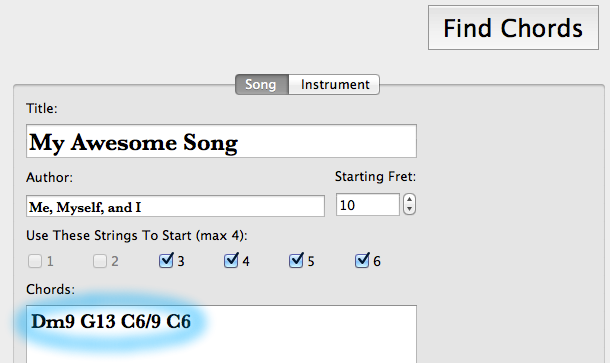
1. Enter the names of the chords
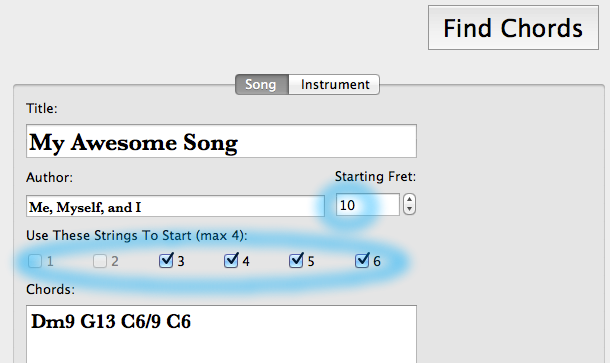
2. Tell ChordCommander where to start on the guitar
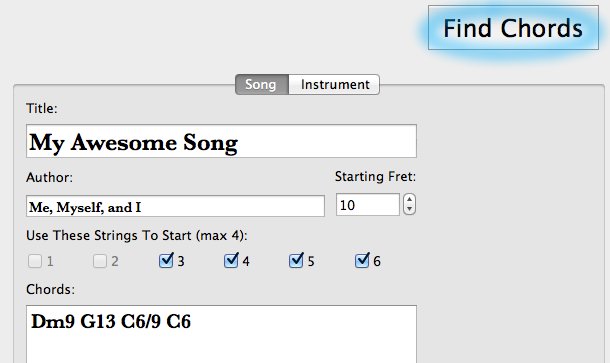
3. Press "Find Chords"
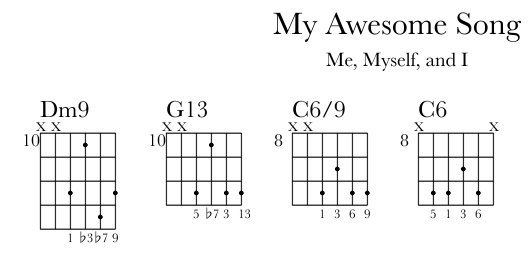
4. Play the progression according to the diagrams
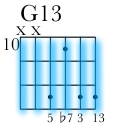
Strings are represented by vertical lines
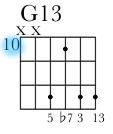
The starting fret is shown at the top left
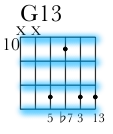
Horizontal lines represent frets
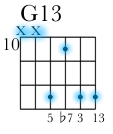
Black dots show where to place your fingers, "X" indicates that string should not be played, and "0" means the string should be played open
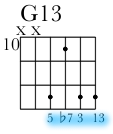
The numbers below show the interval for each note





This text area is where the user inputs chords. ChordCommander supports a very wide variety of chords, and they can be entered via the keyboard. If a chord is misspelled, or ChordCommander otherwise can't understand it, a red squiggly line will appear under it. If there are misspelled chords and the Find Chords button is pressed, a dialog box will alert the user that there are chords to be fixed.
All chords start with a capital letter, are separated by spaces, and note that in lieu of a flat symbol, ChordCommander uses a lowercase "b". For example, C-flat would be "Cb".
